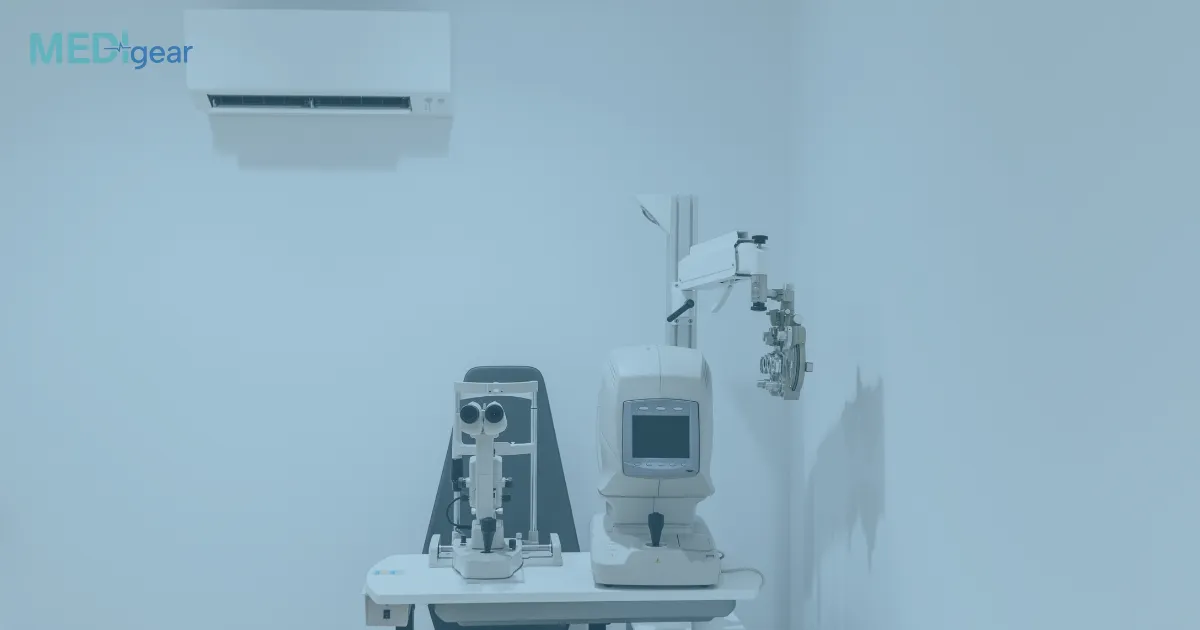Accurate vision correction is essential for maintaining eye health and quality of life. Autorefractors are advanced diagnostic devices used by optometrists and ophthalmologists to measure refractive errors and determine precise prescriptions for eyeglasses or contact lenses. By combining speed, objectivity, and consistency, autorefractors enhance the accuracy of vision assessments.
1. What Is an Autorefractor?
An autorefractor is a computerized device that evaluates how light is focused on the retina. It measures refractive errors such as myopia (nearsightedness), hyperopia (farsightedness), and astigmatism, providing an initial prescription estimate that can be refined during a subjective refraction test.
2. How Autorefractors Improve Prescription Accuracy
a. Objective Measurement
Unlike traditional methods that rely solely on patient responses, autorefractors provide objective measurements of the eye’s focusing ability. This reduces human error and ensures a more reliable starting point for prescription determination.
b. Quick and Efficient Testing
Autorefractors can analyze both eyes within seconds, making the examination process faster for patients and allowing clinicians to handle high patient volumes without compromising accuracy.
c. Precision for All Age Groups
Autorefractors are particularly helpful for children, elderly patients, or individuals with communication difficulties, as they do not rely on subjective feedback.
d. Consistency Across Examinations
Automated measurements reduce variability between different clinicians, ensuring that prescriptions are consistent over time and across different practices.
3. Benefits for Patients and Clinicians
- Enhanced Prescription Accuracy: Leads to better vision correction and improved patient satisfaction.
- Time-Saving: Reduces the duration of eye exams while maintaining precision.
- Objective Data: Provides a reliable baseline for further manual refinement.
- Early Detection: Some autorefractors can help identify signs of ocular conditions such as keratoconus or high astigmatism.
Conclusion
Autorefractors have become essential tools in modern optometry. By providing objective, quick, and consistent measurements, they improve the accuracy of eye prescriptions, enhance patient care, and streamline clinical workflows.
Disclaimer: This blog is for informational purposes only and should not replace professional medical advice. Patients should consult a qualified eye care professional for accurate diagnosis and prescription of vision correction.






